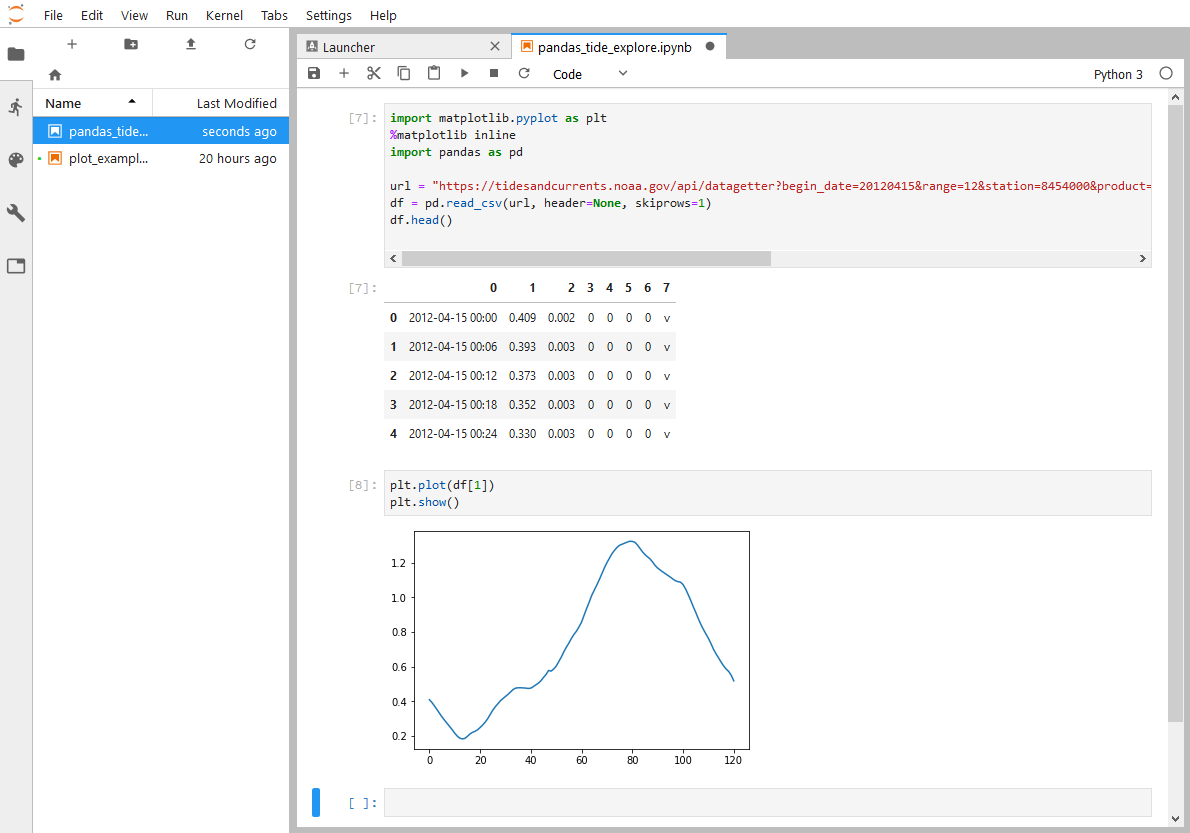

It uses Language Server Protocol which requires you to install both: one or more language servers (for R use R language server ), and an extension to JupyterLab ( jupyterlab-lsp ). JupyterLab should now be running on http://localhost:8888/lab. Yes, jupyterlab-lsp offers auto-completion (along other IDE features). Before running Jupyter lab it is a good idea to cd into the folder which will be your working directory. conda install -c conda-forge jupyterlabĪfter installation JupyterLab can be activated by running the following command from the activated python environment. In order to install jupyter lab you can use the following conda command.
AUTOCOMPLETE IN JUPYTERLAB HOW TO
You can read more about conda environments here if you want to learn more about conda and how to set up a data science environment.

Navigate to the one you want with the arrow keys, and hit Enter to choose the suggestion. Jupyter will suggest a few completion options. When the python environment is active every subsequent package that is installed using the conda install command will only be install in the active environment, thus keeping all other Python installations clean. Enable autocomplete feature To enable code autocomplete in Jupyter Notebook or JupyterLab, you just need to hit the Tab key while writing code. Some of the higher level components that can be used are text editors, terminals, notebooks, interactive widgets, filebrowser, renderers for different file formats that provide access to. When I got confused and unsatisfied with how lacking the explanation from the courses I purchased, I stop and try to research about it but most of all got stuck into the dark hole of anxiety that I'll never going to understand it. conda create -name MyEnvName python=3.7 -c conda-forgeĪctivate the conda environment. JupyterLab can be used as a platform to combine existing data-science components into a new powerful application that can be deployed remotely to many users. Hi I've been learning Python ever since last week of October 2021 but I've been busy with work and can only practice every other day. Install Miniconda and use the conda cli to create a new python environment. Conda is also a package management tool like pip, but with better dependency solving during package installation. However we will use conda to create an python environment. It is possible to create python environments using tools such as virtualenv or the build in module venv. 1) pip install jupytercontribnbextensions 2) pip install jupyternbextensionsconfigurator 3) jupyter contrib nbextension install -user 4) jupyter. You should always create a seperate python environment wich will serve as the environment hosting JupyterLab. In order to avoid breaking existing python installations in terms of dependencies. In order to start using JupyterLab you need to have python install on you machine.


 0 kommentar(er)
0 kommentar(er)
